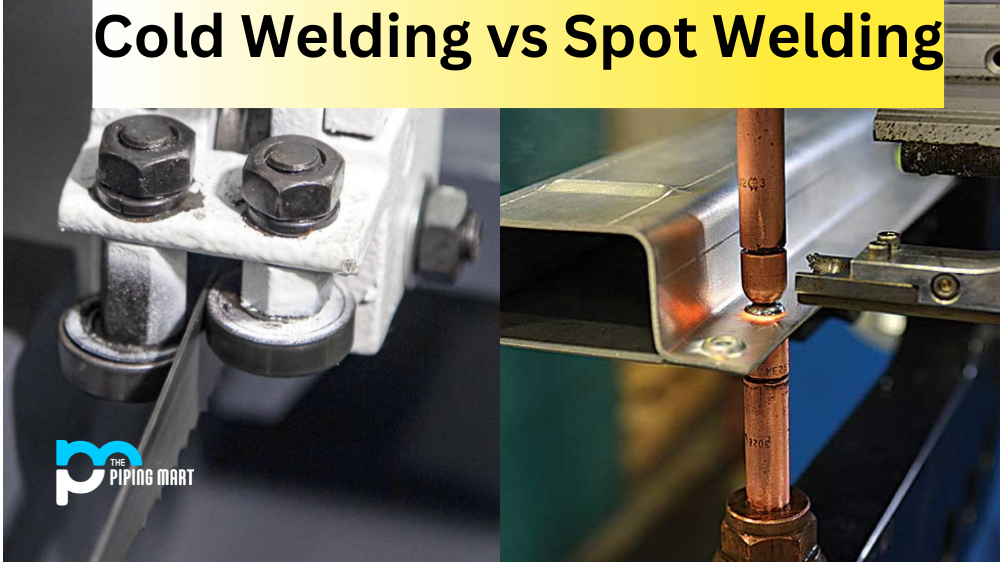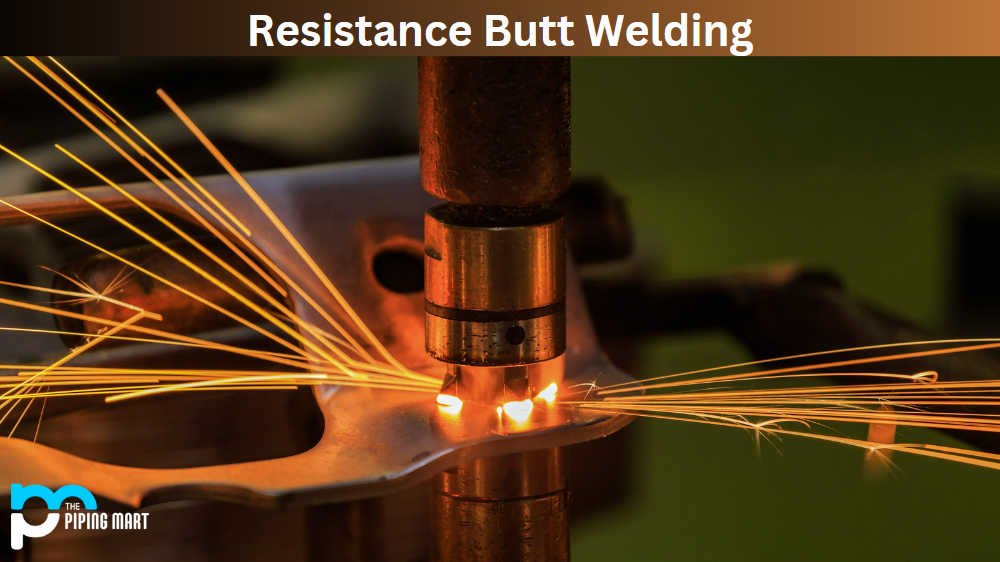In any manufacturing line, welding is vital in joining two metals together. With the increasing demand for high-quality products, welding produces durable and stronger metal joints. Among the welding methods available, two of the most popular techniques are cold and spot welding. Cold and spot welding are essential in various manufacturing processes, but they significantly differ in their execution and effectiveness. In this blog, we will explore the difference between cold welding and spot welding.
What is Cold Welding?
Cold welding is a unique method that bonds two metal surfaces without applying heat or electricity. This welding process is possible when two metal surfaces are thoroughly cleaned and pressed together in a vacuum. In cold welding, the metal to metal bonding occurs through metallic bonding. This method produces a clean, pristine joint requiring no filler material or flux. Cold welding is widely used for welding aluminium, titanium, and other non-ferrous materials.
What is Spot Welding?
Spot welding, on the other hand, is a welding technique that involves an electric current. The heat generated from the electric current fuses the two metal surfaces. In spot welding, two copper electrodes clamp the two metal surfaces together, passing an electric current through them for a certain period. In this welding method, the metal surfaces in contact with the electrodes will experience heat, which builds up until it melts and forms a bond. Spot welding is used primarily in the automobile and electronics industry to join thin metal sheets.
Difference Between Cold Welding and Spot Welding
Advantages of Cold Welding
The primary advantage of cold welding is that it does not require any heat, which means minimal thermal distortion of the material. Cold welding also produces a clean joint that requires no additional material or flux. This welding method is particularly useful for thin materials, as it can join them together without any risk of warping or deformation.
Advantages of Spot Welding
One of the most significant advantages of spot welding is that it is fast and efficient. This welding method can create a strong bond between two metal surfaces in seconds, making it ideal for mass production. Spot welding also uses less energy, making it more cost-effective than other welding methods. It is popular for welding materials like steel, as it can create a strong bond between thick metal sheets.
Other Differences
- Cold welding is a process that doesn’t require heat, while spot welding does.
- In cold welding, the two surfaces to be joined are brought into contact under high pressure. This causes the atoms on the surface of each metal to interlock, forming a bond.
- Spot welding is a process that uses heat to weld two pieces of metal together. An electric current is passed through the metal, which heats and causes it to melt. The molten metal then cools and bonds the two pieces of metal.
- Cold welding is typically used for joining metals that are difficult to weld, such as aluminium or stainless steel. Spot welding is typically used for joining thinner pieces of metal, such as sheet metal.
- Cold welding is more expensive than spot welding, resulting in a stronger bond between the two pieces of metal.
Conclusion
In conclusion, cold and spot welding are essential techniques with unique applications in various industries. Cold welding does not require heat, making it ideal for sensitive materials. On the other hand, spot welding is fast and efficient, making it ideal for mass production. Both welding methods are effective in their respective fields and produce stronger and more durable metal joints. Understanding the differences between these two welding methods can help you choose the right welding technique for your needs.
Rachana is a dedicated and ambitious young woman who has made a name for herself in the metal industry. From her earliest days in the industry, Rachana showed a natural talent for problem-solving and a keen eye for detail. In her free time, She enjoys reading up on the latest advancements in the industry, as well as exploring new ways to innovate and improve upon existing processes.




